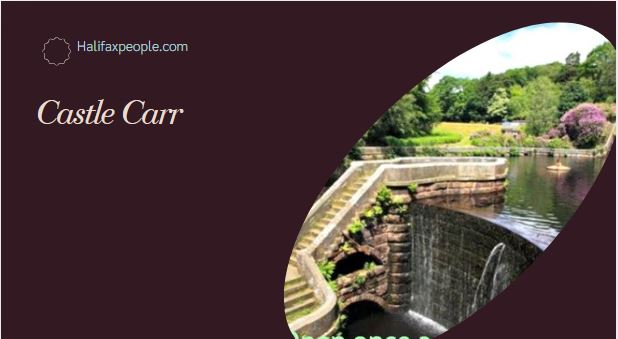
Castle Carr: A Victorian Dream on the Moor
Picture yourself in 1852, standing at the edge of the moor where Joseph Priestley Edwards, brother of Sir Henry Edwards of Pye Nest, had a magnificent vision. This wasn't just going to be any building - this was to be Halifax's very own castle.
The Grand Design:
- Architect Thomas Risling was commissioned to create something special
- The brief? A Norman-style castle complete with keeps, towers and battlements
- Construction began in May 1859
- Mr. John Hogg of Halifax designed the new wing
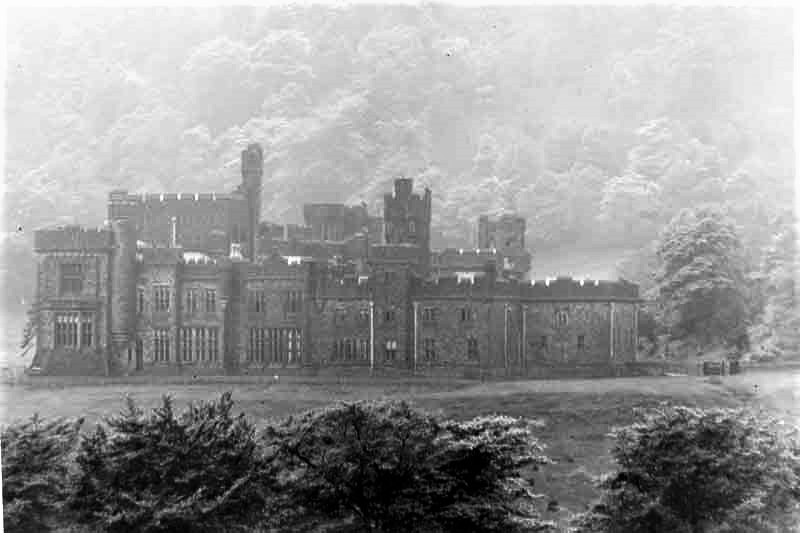
A Tale of Tragedy
In 1868, fate took a cruel turn. Joseph Priestley Edwards and his son were tragically killed in a railway disaster at Abergele, Wales. At the time, around 100 workmen were employed on the castle's construction.
The Castle's Journey Through Time:
- 1872: Building practically completed
- 1876: Property passed to Mr. Joseph Laycock of Wiseton Hall, Nottinghamshire
- 1885: William E. Leppington became owner
- 1895: Mr. John Murgatroyd of Broad Fold, Midgley took possession
- By 1962: The castle, with its battlements and arches, was demolished
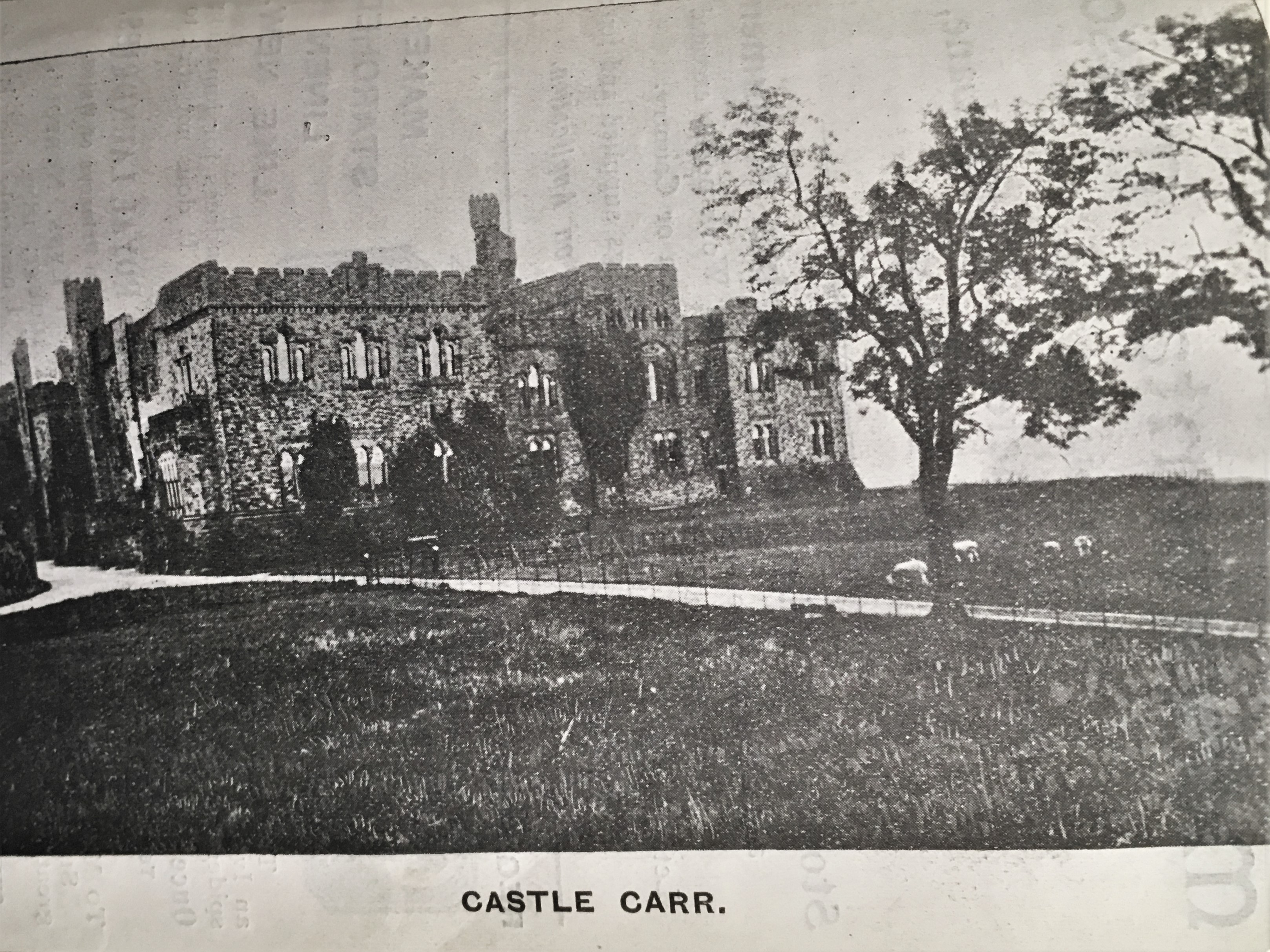
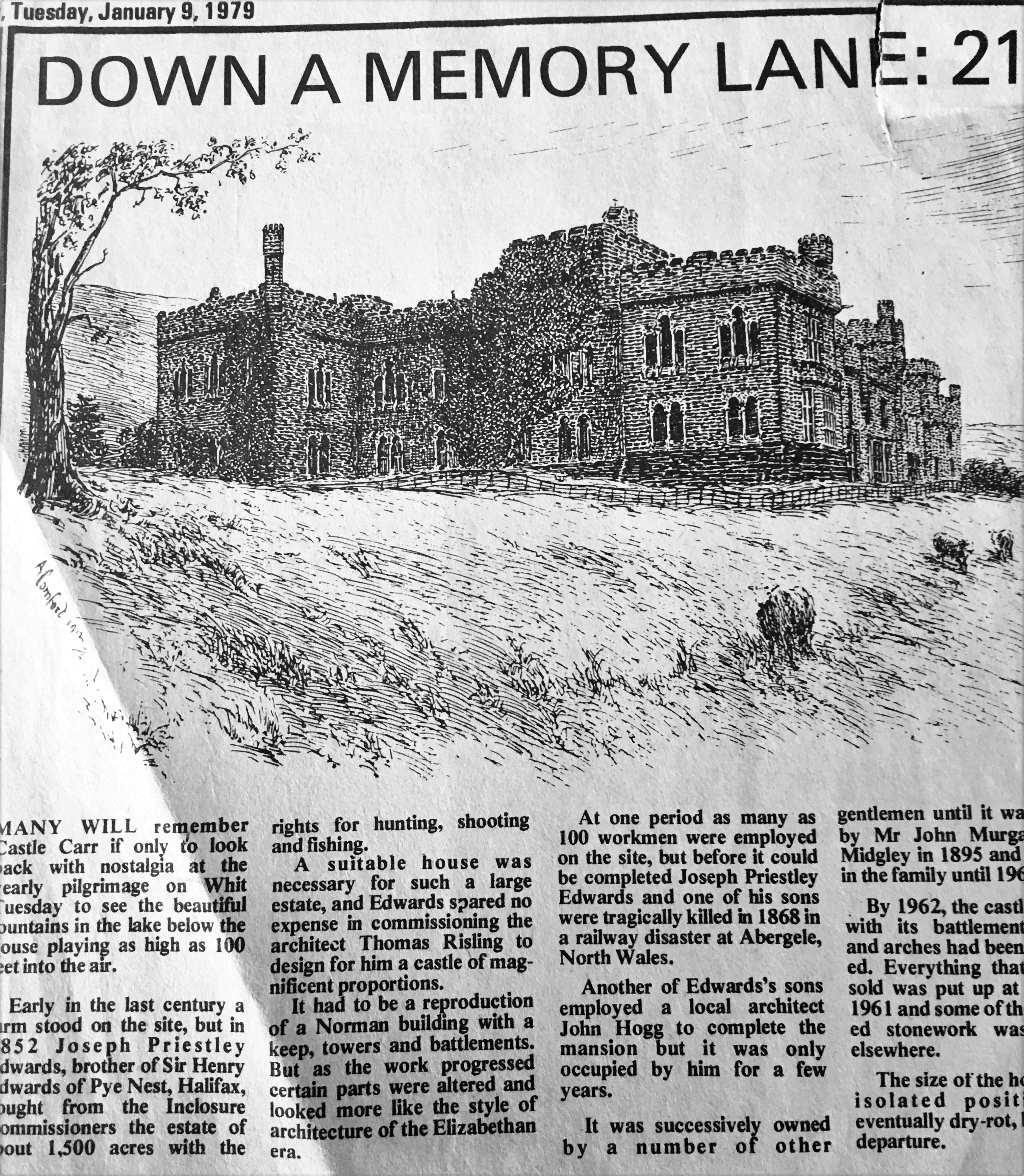
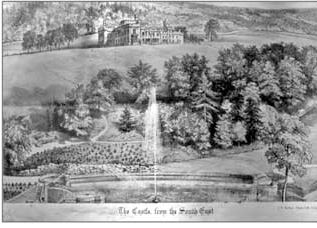
The Famous Fountain: A spectacular feature that drew visitors from miles around:
- Rose to a height of 100ft
- Supplied with water from Dean Head and Castle Carr reservoirs
- Open every Whit Tuesday through the generosity of Mr. and Mrs. John Murgatroyd
- Benefited the Midgley Nursing Association
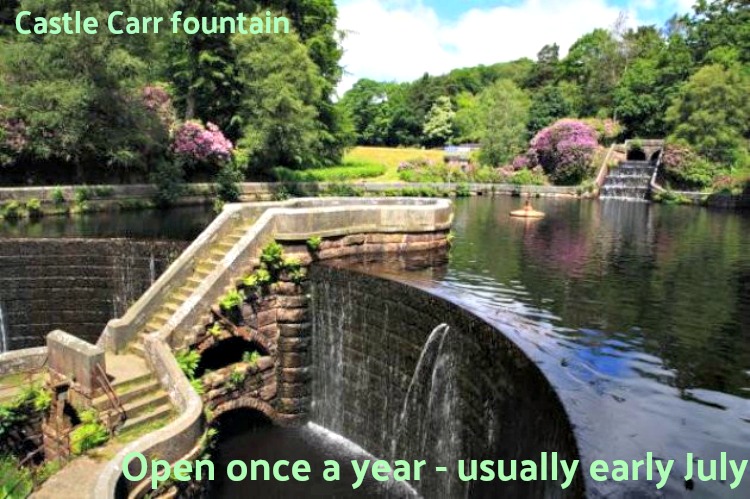
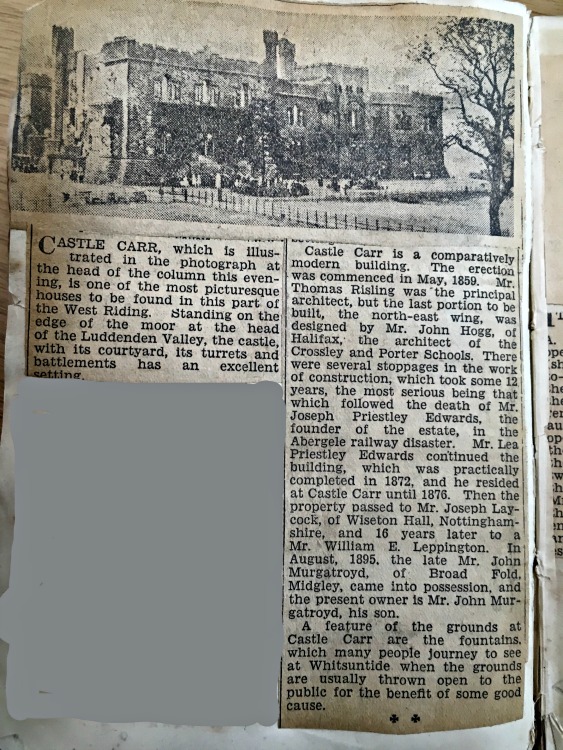
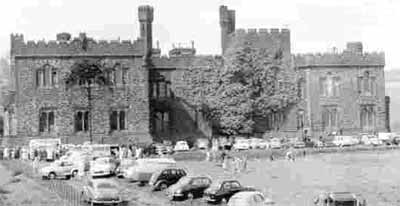
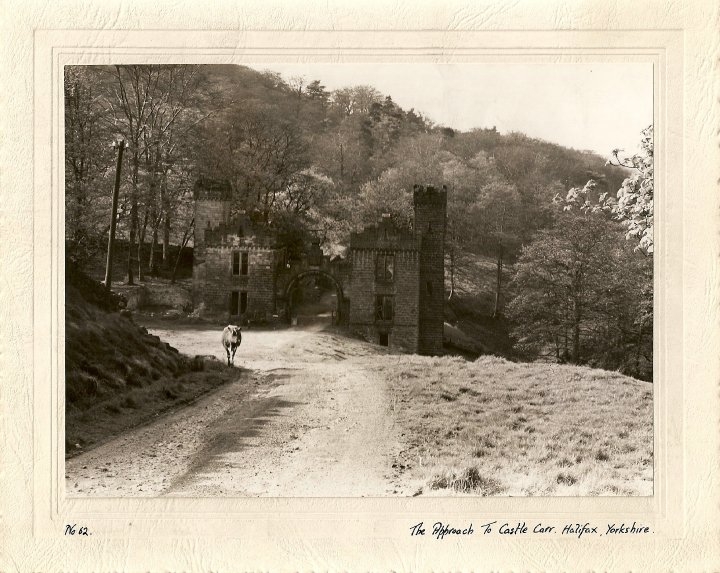
The End of Castle Carr: 1962
"A rather somber tale this one," Harry Facks adjusts his blue-white striped scarf thoughtfully. "By 1962, this magnificent piece of Halifax history had reached its end."
The Final Chapter:
- The once-proud battlements began to crumble
- The grand arches that had stood for nearly a century were dismantled
- Everything that could be sold was auctioned off in 1961
- Some of the carved stonework found new homes elsewhere
Why It Happened: The castle, like many grand Victorian buildings of its era, had become too costly to maintain. The massive structure that had once employed 100 workmen to build now stood silent on the moor's edge.
What Was Lost:
- A unique example of Victorian Gothic architecture
- The magnificent Norman-style battlements
- The grand turrets that dominated the moorland skyline
- A piece of Halifax's architectural heritage
"But you know," Harry straightens his top hat, "while the castle may be gone, its stories live on. The foundations still lie beneath the soil, and on quiet days, you can almost hear the splash of that famous 100-foot fountain..."
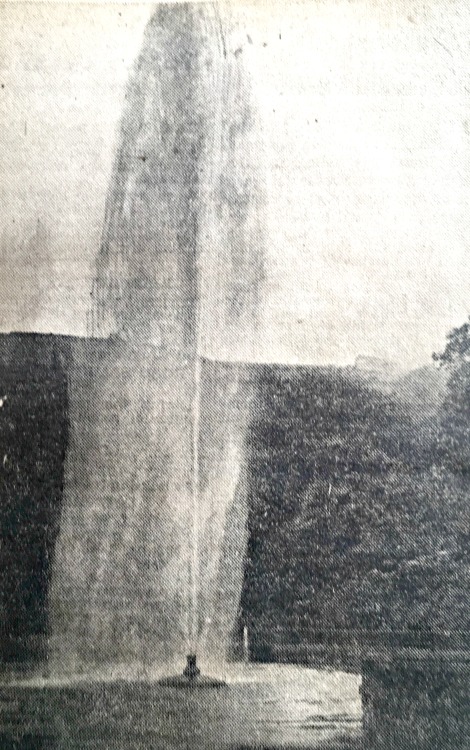 |
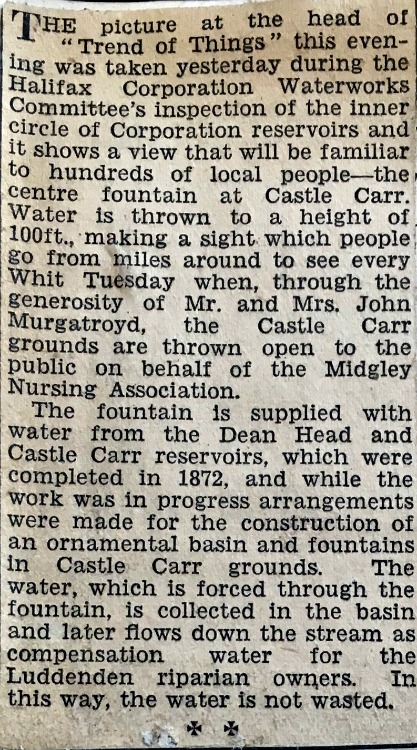 |
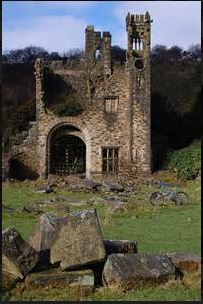
If you have enjoyed your visit to this website, please spread the word by clicking the 'like' and 'share' buttons below. Thank you
